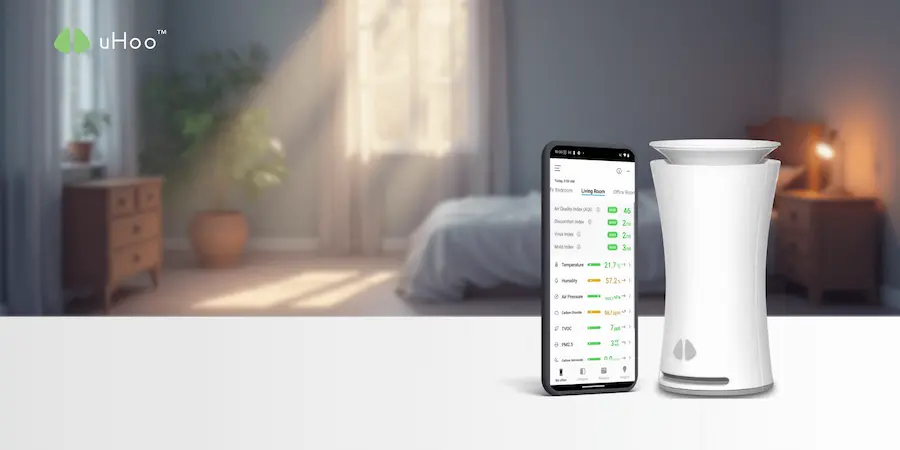In our quest for a healthier indoor environment, we often jump to solutions like air purifiers and meticulous cleaning routines. While these are undoubtedly valuable, we often overlook a foundational element that can significantly amplify their effectiveness and, in many cases, prevent air quality issues from arising in the first place: humidity control.
Optimizing your indoor humidity level should be considered your first step towards achieving consistently cleaner air, acting as a crucial prerequisite for all other air quality efforts.
Why prioritize humidity before all else? The answer lies in its profound influence on the very nature of indoor pollutants. Think of your indoor air as an ecosystem. When humidity levels swing too high (above 60%), you create a fertile breeding ground for mold and mildew. These microscopic fungi release spores, potent allergens and irritants that no air purifier can entirely eradicate if the underlying moisture problem persists.
Addressing the humidity issue first tackles the source of a significant category of airborne pollutants, preventing their proliferation in the first place. It’s like fixing a leaky faucet before mopping up the floor – a more efficient and sustainable solution.
Similarly, excessively low humidity (below 30%) can also sabotage your air quality efforts. Dry air can irritate your respiratory passages, making you more susceptible to the effects of existing airborne irritants like dust and pet dander. It can also cause these particles to remain airborne for longer, negating some of the benefits of air filtration.
By maintaining an optimal humidity level, you create an environment where these particles are less likely to become airborne and cause irritation.
Think of it this way: optimizing humidity sets the stage for your air purifier to work more efficiently. By controlling moisture, you reduce the burden of mold spores and excessively dry conditions, allowing your air purifier to focus on capturing other particulate matter, VOCs, and allergens more effectively. It’s about creating a balanced environment where pollutants are less likely to thrive or become overly problematic.
So, how do you embark on this crucial first step? This is where a uHoo air quality monitor becomes an invaluable partner. It goes beyond simply reporting humidity levels; it provides you with real-time, accurate data, empowering you to understand the specific moisture dynamics within your home or office.
By continuously tracking humidity alongside other key air quality indicators, uHoo allows you to proactively identify when levels stray outside the ideal 30-50% range. This constant monitoring enables you to take timely action – whether it’s adjusting a humidifier or dehumidifier, improving ventilation, or identifying potential sources of moisture issues.
uHoo doesn’t just inform you of a problem; it guides you towards a solution. By making humidity optimization a regular practice, informed by the insights from your uHoo monitor, you establish a stable foundation for cleaner indoor air, making the benefits of other air quality measures more pronounced and long-lasting. It transforms the pursuit of clean air from an occasional intervention to a consistent, proactive aspect of your healthy living strategy.

